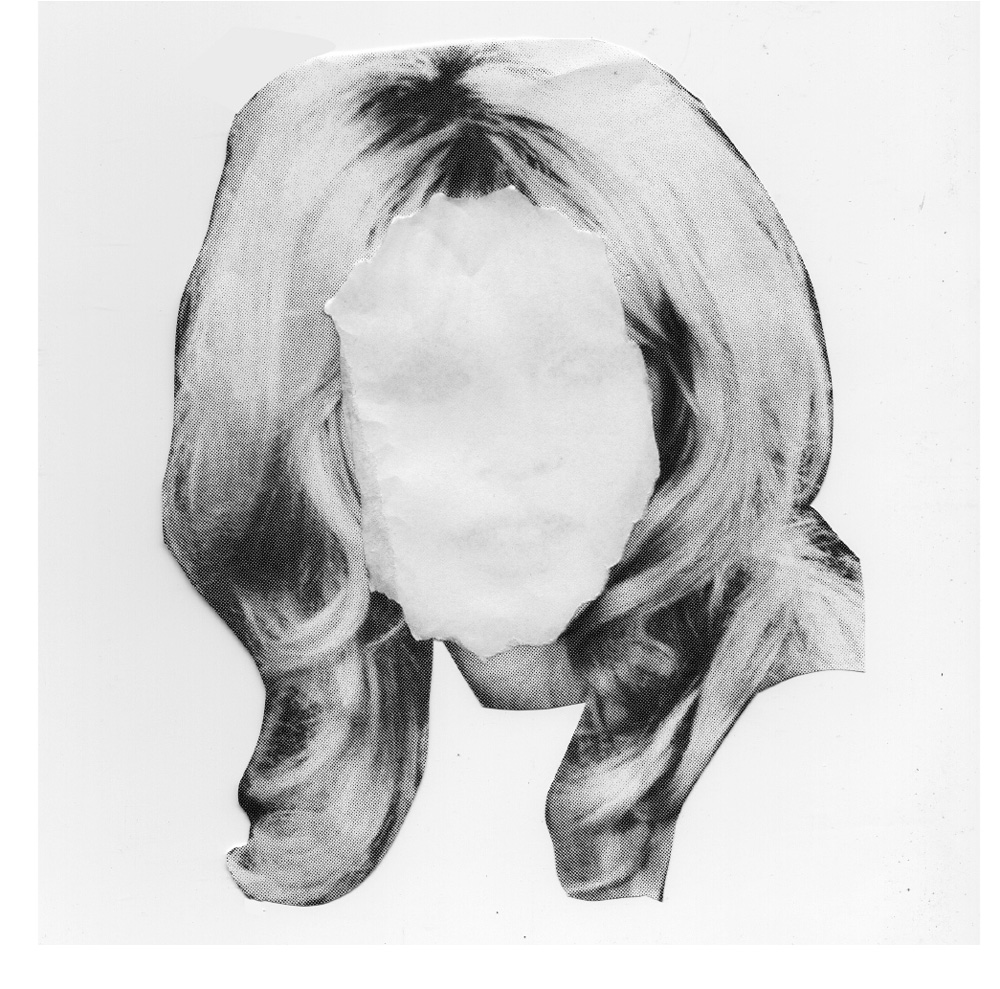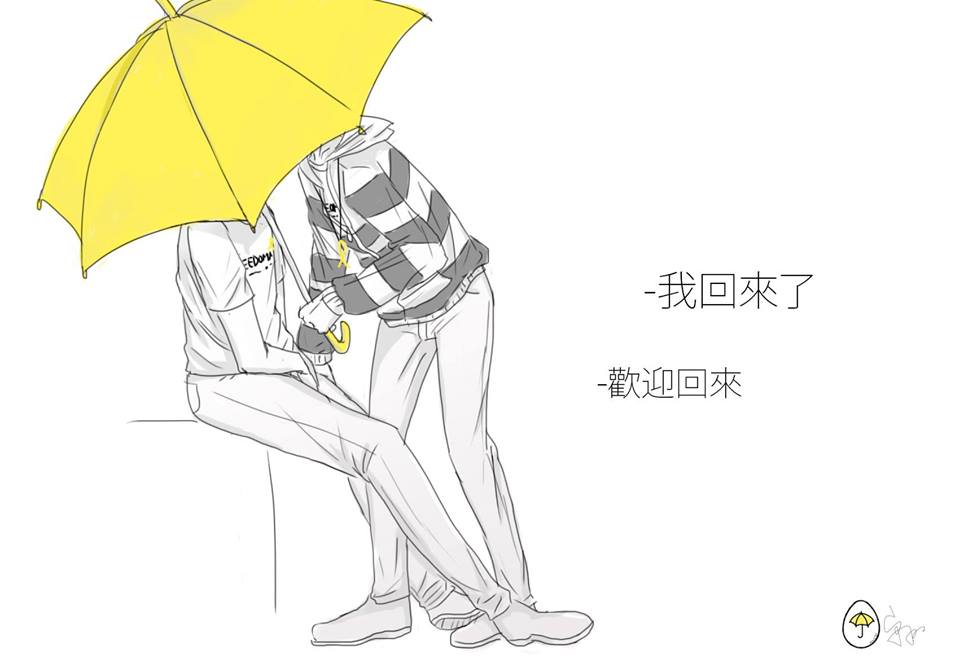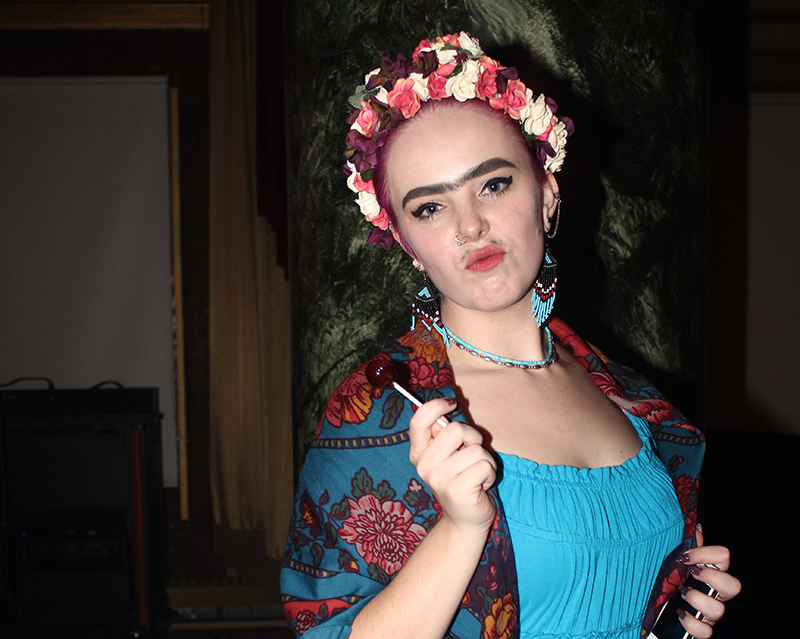A Film Adaptation of Gone Girl Fails Miserably

Gillian Flynn’s 2012 novel Gone Girl has complexly-layered plot and character dynamics that made it one of the most entertaining postmodern mysteries in recent years. Flynn came up with a set of interesting characters exploring the macabre reality of a modern marriage. But I don’t think it’s ludicrous to say that she won’t be nominated for the Susan B. Anthony Lifetime Achievement Award anytime soon.
When Amy Dunne, Flynn’s protagonist, dutifully follows her husband Nick back to his small-town home in North Carthage, Missouri, the novel shows us why. It doesn’t tell the audience in a tired montage, voiced over in only a few minutes. That exclusion of plot detail would lessen the dynamism of the book’s characters. In the film version of Gone Girl, the dynamic between Amy and Maureen Dunne (Nick’s mother, who is stricken with late-stage cancer), is crucial to the the development of the plot but is absent. Maureen Dunne’s shadows of abuse lurk around Amy, Nick and Margo’s lives, in the same way that Nick’s father’s misogynist version of Tourette’s Syndrome does (which only occurs once in the film, but plays a key role in the novel.) Without more of the details from the book, characters in the film version are reduced to a Tea Party propaganda characterization of “Type-A women” who “cry rape.”
Amy Dunne’s character, played by Roseamund Pike, is based on the behavior of Type-A New York women, who are “sometimes difficult to deal with.” Worse, her character relies on men to be vehicles for her mistakes, and then to fix them.
When Amy fails to successfully live on her own after getting robbed by her “country” neighbors, she falls back on Desi Collings, her obscenely wealthy high school sweetheart to house (and love) her. She uses her sexuality to obtain what she wants from Desi, kills him and then quite literally cries to media sources that he had raped her repeatedly. Aside from this obvious and infuriating simplification of rape culture, the Dunne character presents “crying rape” as a childish game, hardly qualifying her as an icon for feminism. The only time in the film that we see any variation from this kind of fallback dynamic is when Detective Rhonda Boney challenges Dunne’s kidnapping and rape story. Dunne then falls back on the same damsel in distress wiles, relying on an FBI agent to silence the detective.
As for the glorified “Cool Girl” speech that carries the brunt of most arguments for feminism, it leads many women and men to believe that Amy Dunne is, even marginally, a character who is capable of being an ideal for feminism. The speech has lines like, “Being the Cool Girl means I am a hot, brilliant, funny woman who adores football, poker, dirty jokes, and burping, who plays video games, drinks cheap beer, loves threesomes and anal sex. …” There are fundamental problems with the claim that this is somehow meaningful to feminism, which have surprisingly gone undetected by most but The Guardian for so long.
The “Cool Girl” speech provides Amy with motive, and gives us empathy for her, sure. It even gives us insight into who she is, and what position she is in now. It forces women who like hot dogs or have tattoos in the same category, implying that they only do things for men they would like to date. Later in the speech Dunne writes, “Go ahead, shit on me, I don’t mind, I’m the Cool Girl.” The readers are set up for this kind of attitude, a woman who shapes herself to the liking of someone she would like to love, or rather someone she would change herself to love. The film is obviously exploring the darker dynamics of marriage, and not the dynamics of a feminist manifesto.
The public attention given the film might be just as macabre as the issues in the novel itself. Even in an interview with Flynn, The Guardian states that she says, “For me, it’s also the ability to have women who are bad characters … the one thing that really frustrates me is this idea that women are innately good, innately nurturing. In literature, they can be dismissably bad — trampy, vampy, bitchy types. …”
This seeming misstep may have gone unnoticed had it not been for TIME’s tiredly titled “Is Gone Girl Feminist or Misogynist.” “Because there are so few strong women in literature (or TV shows or movies), the burden falls on the writers who do write about women to make them represent all of womanhood, and that’s simply not fair,” writes Eliana Dockterman. “We should have all sorts of women in our novels — just as we have all sorts of men.”
Praise for the film in this light, is inadequate, and this praise for Flynn is as well. With references throughout the movie to classic literature (the town in Missouri is named North Carthage), the claim that there aren’t women characters in literature that are as strong as men is unforgivable. There are characters like Tamora Queen of the Goths in Titus Andronicus, The Wife of Bath in The Canterbury Tales, Miss Havisham in Great Expectations or even Bone Boatwright in Bastard Out Of Carolina. Perhaps Dockterman might better familiarize herself with the “literature” she references. Even in Disney’s movies (Cinderella, The Little Mermaid, Sleeping Beauty) or Nurse Ratched from One Flew Over the Cuckoo’s Nest strong female characters are apparent.
The idea that female characters might be placed in the categories of “innately good” or “dismissably bad” is maybe even more insulting than placating talk that the author might be placed into categories of feminist or anti-feminist. Just as it is suiting that the film adaptation of Gone Girl fails Flynn’s novel.







